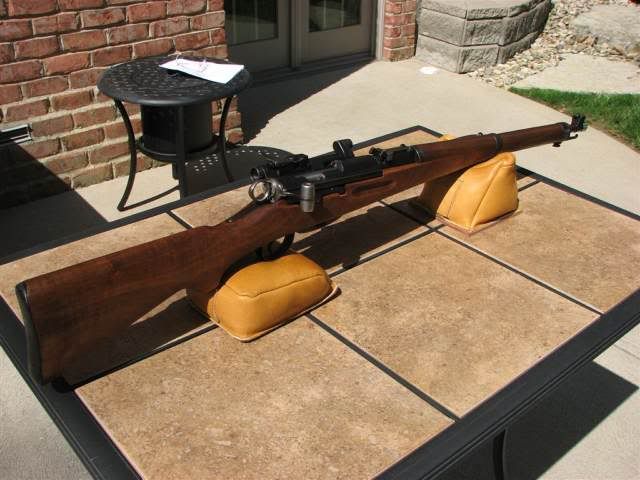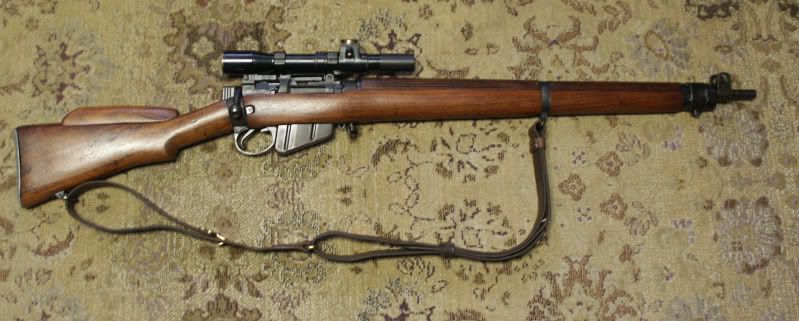In terms of accuracy and glass, I'd go with the Finnish barreled Mosin-Nagant rifle. Excellent barrel and good glass.
Second place would be the British No 4 (T) which got 2" MOA at 100 yards and had a sturdy 4 x glass scope.
I'd rate the Russian M91/30 higher than the Kar 98 because the German ammunition was indifferent. I think I read this in Senich's book on the German sniper rifle. So, it wasn't that the gun was bad but it was hard for the snipers to get real good ammunition.
The Japanese T97 was a good gun, but I don't know that much about it.
I'd place the M1903 Springfield dead last because of the bad optics. The Weaver 330 was a miserable scope and the Unertl used by the USMC really required a lot of TLC to keep in order. The Unertl and its mount couldn't take the abuse the mounting system of the British No. 4 (T) or that of the Moisin-Nagants or T97 could absorb.
Second place would be the British No 4 (T) which got 2" MOA at 100 yards and had a sturdy 4 x glass scope.
I'd rate the Russian M91/30 higher than the Kar 98 because the German ammunition was indifferent. I think I read this in Senich's book on the German sniper rifle. So, it wasn't that the gun was bad but it was hard for the snipers to get real good ammunition.
The Japanese T97 was a good gun, but I don't know that much about it.
I'd place the M1903 Springfield dead last because of the bad optics. The Weaver 330 was a miserable scope and the Unertl used by the USMC really required a lot of TLC to keep in order. The Unertl and its mount couldn't take the abuse the mounting system of the British No. 4 (T) or that of the Moisin-Nagants or T97 could absorb.





